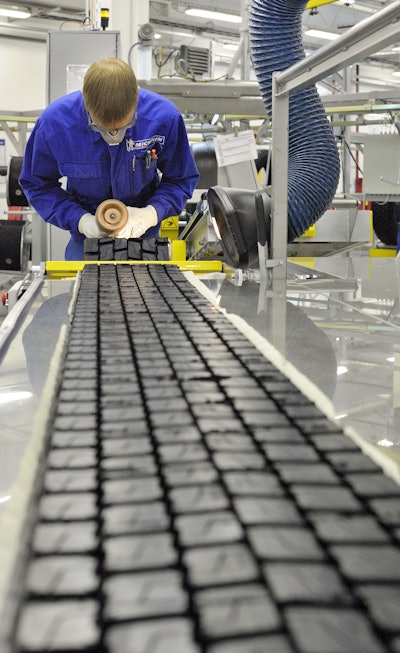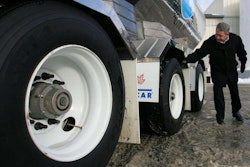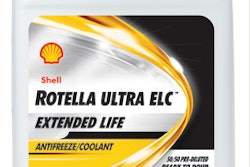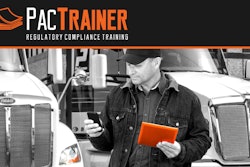
Retreading is a popular option for fleets looking to get more life from their rubber, but far more goes into the retreadability of a tire than simply slapping on a fresh set of treads.
Proper maintenance and care are keys in getting the most tread life from your tires in general, but that responsibility multiplies for fleets looking to use their tire casings more than once.
“The way in which a driver actually drives the vehicles can have a significant effect on the casings,” says Paul Crehan, director of product marketing, Michelin Truck Tires. “This cannot be understated. These driving habits include curb impacts, braking, emergency stops, speed, route choice, road maneuvers and obstacle avoidance.”
Just like improper tire maintenance can prematurely erode tread, it can also destroy retread capabilities.
“The main reason a tire casing is rejected during the retread process is due to the tire being underinflated or overloaded at some point during its life cycle,” says Terry Smouter, business development manager for Continental CVT.
Ben Rosenblum, director of Bandag marketing for Bridgestone Commercial, says maintaining proper air pressures in your tires can easily lead to two, three or more retreads on a high-quality casing depending on the application.
“Interestingly, our studies have shown that high quality casings retread just as well on the second and third retread as they do on the first,” he adds. “Casings today are built to last many years and multiple retread cycles. If you maintain the appropriate pressure – and hopefully avoid too many curbs – you’ll get the most out of your casings.”
Many fleets adhere to an informal policy that calls for tires to be moved further back on the combo the more times they have been retread.
However, Crehan says that isn’t a hard and fast rule.
“All steer casings can be used for driver and trailer retreads,” he says. “A casing is fully capable of moving to either position depending on the casing’s age and condition.”
Gary Schroeder, director of commercial vehicle and OEM sales for Cooper’s Roadmaster brand, says it is important to keep in mind that tires first have to perform their intended work function, wear long enough to be practical, and have the durability necessary to be retreadable multiple times.
Crehan suggests individual fleets determine load composition, guaranteed delivery times, winter travel and other sensitivities when determining a retread policy.
“A steer is not normally retreaded … an exception would be an all-position tread could be used on steer axles for specialized, low-speed, start-and-stop applications like waste haulers and other local delivery,” he says.
Dr. Prosser Carnegie, head of product development for Continental CVT, adds casings that are higher rated – as in they have fewer repairs and lower heat history – tend to be placed on the drive axle since the torque on those tires leads to higher heat generation.
”As the tire experiences longer heat history or has more repairs needed, then generally it is moved into a less severe axle, [like] the trailer,” he says. “But this is not only dependent on the number of times that the tire is retreaded. A tire after its first life could have experienced service conditions and other external conditions that could lead to it being placed on the trailer axle. And likewise a casing could still be without repairs and in a condition that it could still be used in the drive axle.”
“A best practice for many fleets is to buy new steer tires, place the first retread on the drive, and then the second retread on the trailer,” Rosenblum adds. “So yes, moving back on the truck/trailer is a very common practice.”













